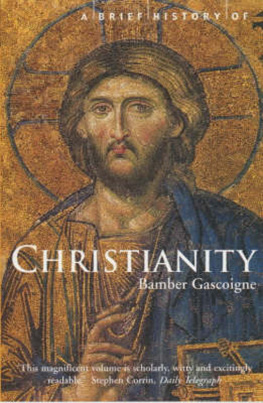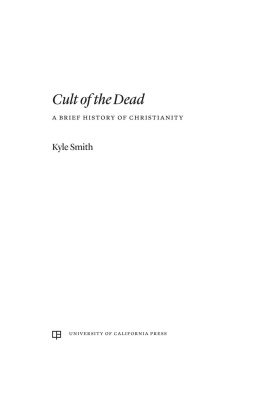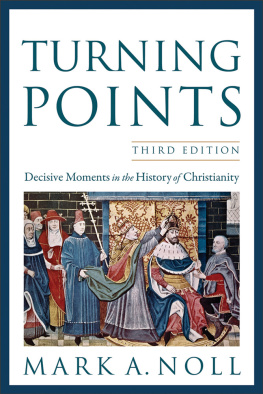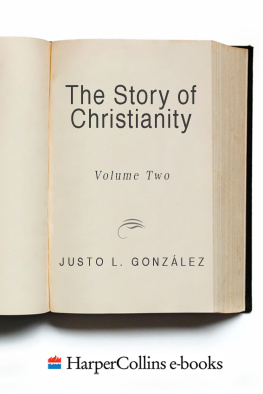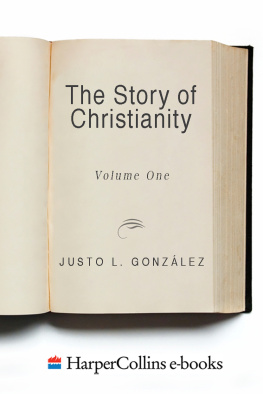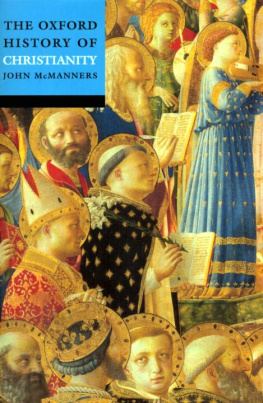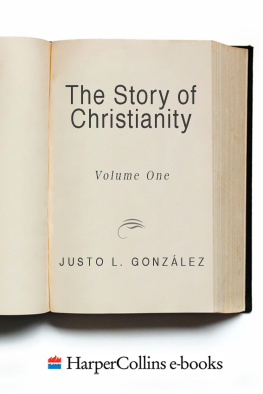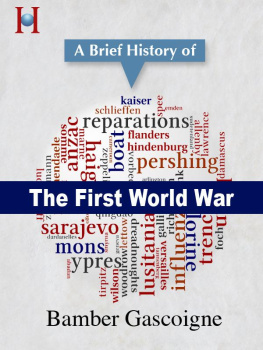BAMBER GASCOIGNE is perhaps best known for his appearances on television as chairman of University Challenge for twenty-five years and as the author and presenter of documentary series such as The Christians and Man and Music. But he is also the author of more than twenty books, often in partnership with his wife Christina. Several of his books of history, in addition to Christianity, contain photographs taken by her.
Other titles in this series
A Brief History of The Boxer Rebellion
Diana Preston
A Brief History of British Kings & Queens
Mike Ashley
A Brief History of The Druids
Peter Berresford Ellis
A Brief History of Fighting Ships
David Davies
A Brief History of The Great Moguls
Bamber Gascoigne
A Brief History of The Royal Flying Corps in World War I
Ralph Barker
A Brief History of Science
Thomas Crump
A Brief History of The Tudor Age
Jasper Ridley
A Brief History of the Hundred Years War
Desmond Seward
A Brief History of The Circumnavigators
Derek Wilson
Forthcoming
A Brief History of Napoleons Russian Campaign
Alan Palmer
A Brief History of The Celts
Peter Berresford Ellis
A Brief History of The Dynasties of China
Bamber Gascoigne
A Brief History of The French Revolution
Jasper Ridley
A BRIEF HISTORY OF
CHRISTIANITY
Bamber Gascoigne
With photographs by
Christina Gascoigne
ROBINSON
London
Constable & Robinson Ltd
5556 Russell Square
London WC1B 4HP
www.constablerobinson.com
First published in the UK as The Christians
by Jonathan Cape Ltd 1977
Reissued in 1986
This revised edition published by Robinson, an imprint of Constable & Robinson Ltd, 2003
Copyright Bamber Gascoigne 1977, 2003
The right of Bamber Gascoigne to be identified as the author of this work has been asserted by him in accordance with the Copyright, Designs and Patents Act 1988
All rights reserved. This book is sold subject to the condition that it shall not, by way of trade or otherwise, be lent, re-sold, hired out or otherwise circulated in any form of binding or cover other than that in which it is published and without a similar condition including this condition being imposed on the subsequent purchaser.
A copy of the British Library Cataloguing in Publication data is available from the British Library
ISBN 1841197106
eISBN 978-1-47210-760-2
Printed and bound in the EU
10 9 8 7 6 5 4 3 2 1
Cover design: Simon Levy;
Cover image: Jesus Christ mosaic, St Sophia
CONTENTS
ILLUSTRATIONS
Between pp. 54 and 55
Between pp. 198 and 199
Thirteenth-century figures on the west porch of Chartres Cathedral
PREFACE
This book was originally written to accompany a thirteen-part television series on the history of Christianity, transmitted by Granada in 1977. It was a period when colour television was relatively new and the television companies were for the first time commissioning lavish historical series on major subjects Kenneth Clark on western art (Civilisation 1969), Jacob Bronowski on the history of science (The Ascent of Man 1973) and David Attenborough on evolution (Life on Earth 1979). All our books were in thirteen chapters the number of weeks in three months of the television schedule and thirteen short chapters is a very small space in which to tackle such vast topics. I very much doubt whether any of us would have written these books without the stimulus of an accompanying project for the small screen.
In my view that stimulus is entirely beneficial. The demands of television force upon the writer an ideal style for any short book of general history. Each theme has to be developed through specific examples, for the obvious reason that the camera needs to dwell on a particular place or a selected group of people. And wherever possible there need to be quotations to illustrate a point, so that the voices of actors can add variety and changes of pace within the narration. Authorial waffle must be pared to the bone.
That is a good thing in itself. But there is also another benefit for an author. Often we sit alone in libraries among dusty tomes. Flying round the world with film crews proved a very different and exhilarating experience, bringing wide first-hand experience of even a subject as varied as Christians and Christianity. With such material writing the book becomes the easy part.
1
A PECULIAR PEOPLE
For the first fifty years of what we now call the Christian era, not a word survives in any document about Christ or his followers. During the next fifty years, the Christians themselves wrote down most of the books that now make up the New Testament. But still not a word, with one small exception, from any outside writer. And then, in the second century, Roman authors began to comment:
There is a group, hated for their abominations, called Christians by the people. Christus, from whom the name comes, suffered the extreme penalty during the reign of Tiberius at the hands of one of our officials, Pontius Pilate. (Tacitus)
The Christians are a class of men given to a new and wicked superstition. (Suetonius)
They worship to an extravagant degree this man who appeared recently. They are like frogs holding a symposium round a swamp, debating which of them is the most sinful. (Celsus)
The poor wretches have convinced themselves that they are going to be immortal and live for all time, by worshipping that crucified sophist and living under his laws. Therefore, they despise the things of this world, and consider them common property. They receive
It is their habit, on a fixed day, to assemble before daylight and to recite by turns a form of words to Christ as a God. The contagion of this perverse and extravagant superstition has penetrated not the cities only, but the villages and the country. Yet it seems possible to stop it and set it right. (Pliny the Younger)
How wrong they were, those Romans. Well its easy to say so eighteen hundred years later, when Christianity has spread throughout the world. But St Clement, the fourth pope, was confident even then:
God chose our Lord Jesus Christ, and us through him to be a peculiar people.
* * *
The earliest of the gospels to be written down, that of St Mark, begins in the Palestinian desert with the baptism of Jesus. Immediately after it, he gathers up his first disciples, and begins his brief three years of preaching and healing. It was the serious beginning of the Christian story and the desert, west of the Dead Sea, seems the right setting for a message of repentance. Its an uncompromising place, with its own harsh method of cleansing. And the river Jordan is nearby for a more ritual purification, the washing away of sins.
John the Baptist seems more than a little eccentric as he appears in the gospels wandering around the desert, dressed in camels hair, eating locusts. But in his own day there were plenty of others like him, living in this landscape which denies so dramatically the comforts of everyday life: and sets the mind dreaming, perhaps, of higher things. We happen to know a great deal about one such group of holy men because of a lucky accident in 1947. Some Bedouin Arabs were smuggling goats into what was then Palestine (it sounds improbable, but seems to have been the case) and they were passing through the Qumran area on their way towards Bethlehem when one of the goats strayed. Already it has a biblical ring to it. A boy clambered along the cliffs to retrieve the animal. Idly he threw a stone into one of the caves. There was a sound of something breaking. Inside the cave he found tall clay jars containing bundles of manuscripts, sewn together in long scrolls and wrapped in linen. They had belonged to a group of Jewish monks, known as Essenes, who lived in a nearby monastery at the time of Christ. It was probably in about AD 70, when the Roman army was systematically destroying Jewish culture in Palestine, that the monks hid their sacred books in the caves. They are what we now know as the Dead Sea Scrolls.
Next page
